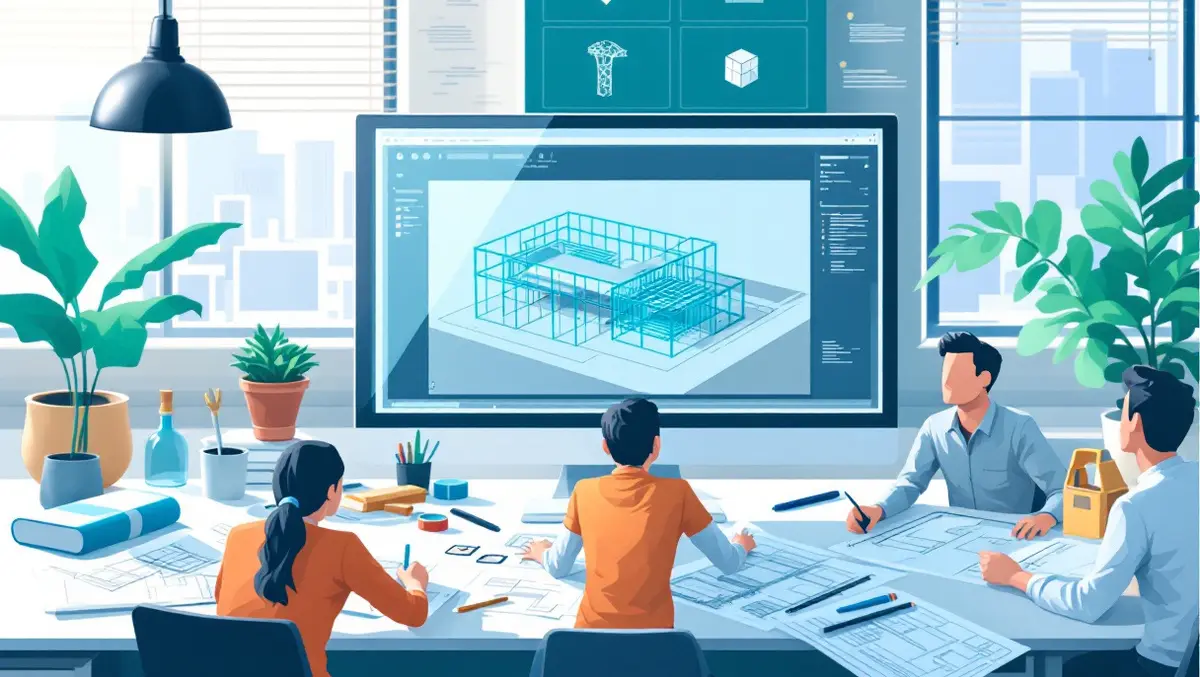
New BIM tools launched to enhance Revit structural design
A structural engineering company has introduced three new add-ins for Revit, designed to enhance the structural design process in Building Information Modelling (BIM).
The newly released add-ins—FDN, R2R, and RTM—aim to improve the efficiency and consistency between Revit and Robot Structural Analysis models.
The FDN, or Find Double Nodes, add-in helps structural engineers identify and resolve unconnected nodes in their Revit analytical models. This tool is expected to improve the accuracy of Finite Element (FE) analysis by providing a multi-threaded finder for faster results. It also allows users to isolate and zoom into problematic nodes, ensuring more precise operations.
The developers highlight the capability of adjusting node coordinates during the fixing process as a significant benefit. According to them, this feature, along with others, is expected to prevent inaccurate models and analysis, thereby enhancing model integrity and leading to better design outcomes.
R2R, or Transfer Offsets, is designed to optimise the structural analysis workflow by calculating and transferring offset values to the Robot Structural Analysis model. This add-in reportedly ensures consistency between physical and analytical models, saving time through the automation of the offset transfer process.
The company states, "R2R bridges the gap between Revit and Autodesk Robot Structural Analysis by transferring precise offset values, optimising the structural analysis workflow." The add-in supports the transfer of offsets for beams and columns and allows for the export of data in a structured format.
RTM, or Transfer Marks, enables the transfer of mark values from Revit to Robot, which is aimed at ensuring consistent identification of structural elements across a project. This functionality is not available out of the box and is said to enable uniformity of marks, simplifying workflows for all team members.
The company describes RTM's key features: "Transfer mark values for beams, columns, floors/foundations and walls. Create and customize a project parameter for selective transfer of marks." This add-in also features a modeless WPF window, which facilitates seamless interaction with Revit.
The engineering company has underscored their ability to integrate custom software solutions into structural design workflows, leveraging their expertise in Autodesk Revit, Autocad, and Robot Structural Analysis. They are also open to developing custom software tools tailored to specific project needs.
"We are Structural Engineers and Software Developers at the same time," a spokesperson for the company noted, encouraging those in need of tailored software solutions to reach out for bespoke services.
These new tools from BIM-WITHSTAND, a sub-brand of STAND Engineering, aim to bolster the company's offering in supporting building projects while supporting the improvement of the BIM ecosystem at large.


